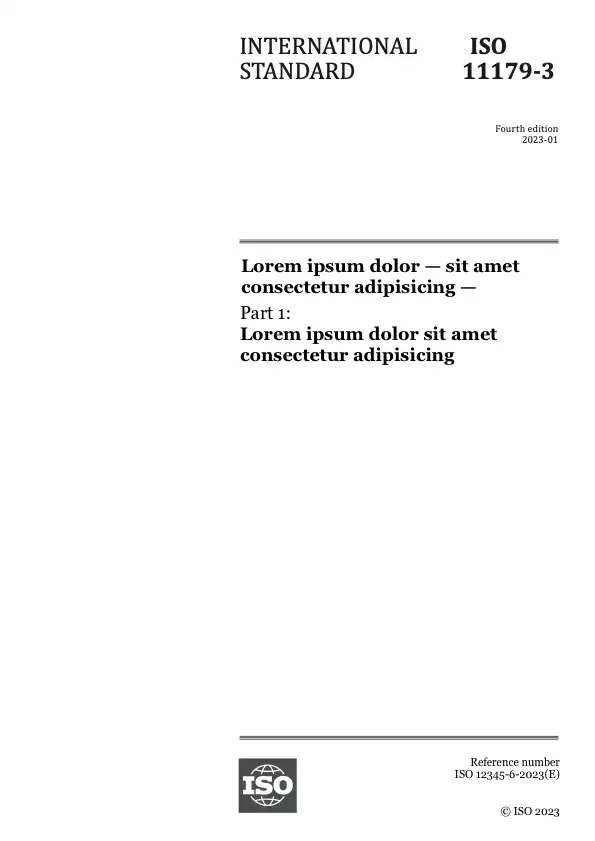Тезис
This part of ISO/TS 10811 defines a method for the classification of shock and vibration in buildings from
measurements in accordance with ISO/TS 10811-1. A classification system of environmental vibration conditions
should serve as guidelines for designers, manufacturers and users of equipment sensitive to shock and vibration,
and for building constructors.
The types of shock and vibration considered are those transmitted from floors, tables, walls, ceilings or isolation
systems into an equipment unit. They can be generated by the following:
a) external sources, for example traffic (by road, rail or air), or building and construction activities such as
blasting, piling and vibratory compaction; the vibration response to sonic booms and acoustical excitations is
also included, as well as weather-induced vibration;
b) equipment for indoor use, such as punch presses, forging hammers, rotary equipment (air compressors, air
conditioner systems, etc.) and heavy equipment transported or operated inside a building;
c) human activities in connection with the service or operation of the equipment, for example, people walking,
especially on raised floors.
The frequency range of interest is normally 2 Hz to 200 Hz. Normally the dominant frequencies are less than
100 Hz because they represent the response of the elements in the building.
This part of ISO/TS 10811 deals only with vibration from a maximum amplitude point of view. The concept of
vibration dose (for example as for estimation of fatigue life) is not treated.
Preview
Общая информация
-
Текущий статус: ОпубликованоДата публикации: 2000-06Этап: Подтверждение действия между-народного стандарта [90.93]
-
Версия: 1
-
Технический комитет :ISO/TC 108/SC 2
- RSS обновления
Жизненный цикл
-
Сейчас
ОпубликованоISO/TS 10811-2:2000
Стандарт, который пересматривается каждые 5 лет
Этап: 90.93 (Подтверждено)-
00
Предварительная стадия
-
10
Стадия, связанная с внесением предложения
-
20
Подготовительная стадия
-
30
Стадия, связанная с подготовкой проекта комитета
-
40
Стадия, связанная с рассмотрением проекта международного стандарта
-
50
Стадия, на которой осуществляется принятие стандарта
-
60
Стадия, на которой осуществляется публикация
-
90
Стадия пересмотра
-
95
Стадия, на которой осуществляется отмена стандарта
-
00
Появились вопросы?
Ознакомьтесь с FAQ
Часы работы:
Понедельник – пятница: 09:00-12:00, 14:00-17:00 (UTC+1)

